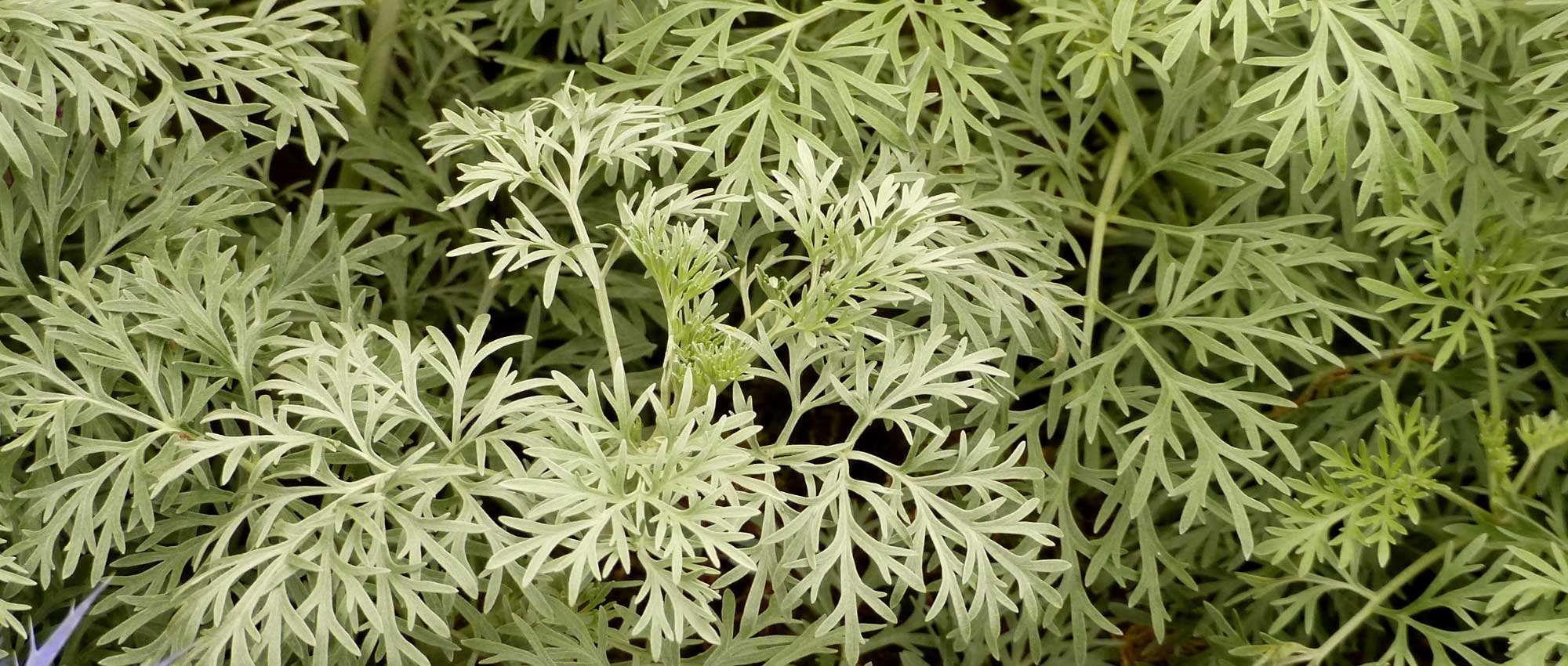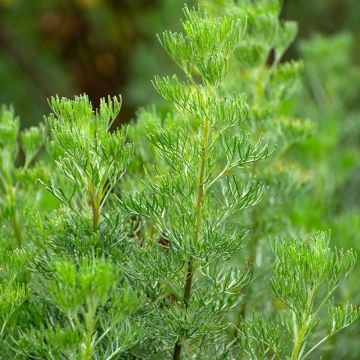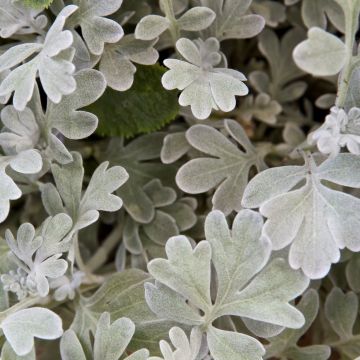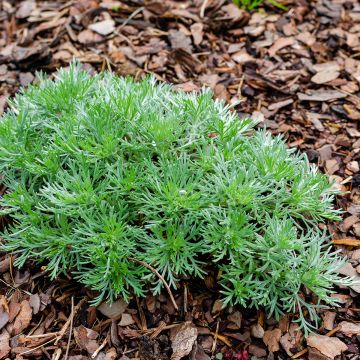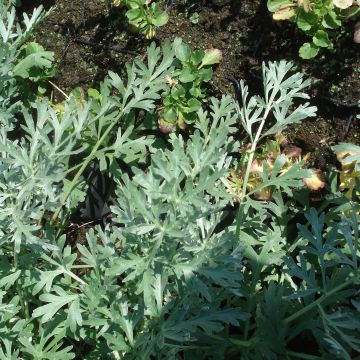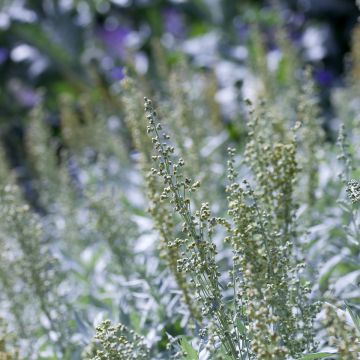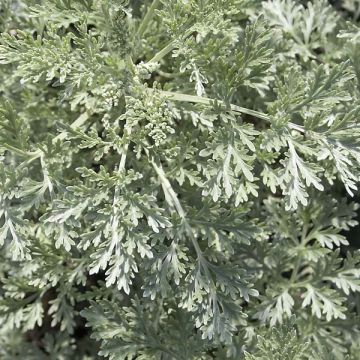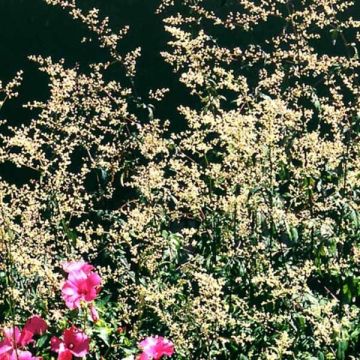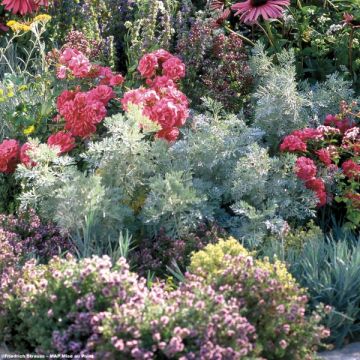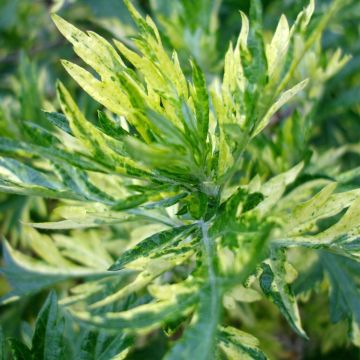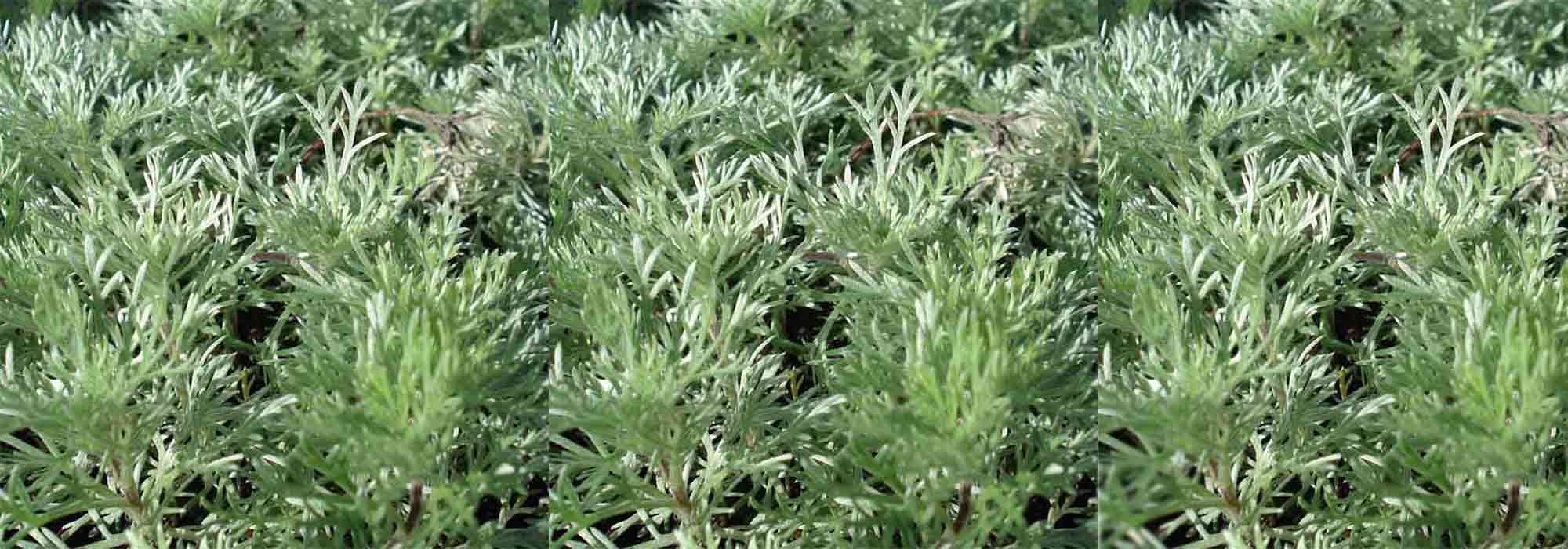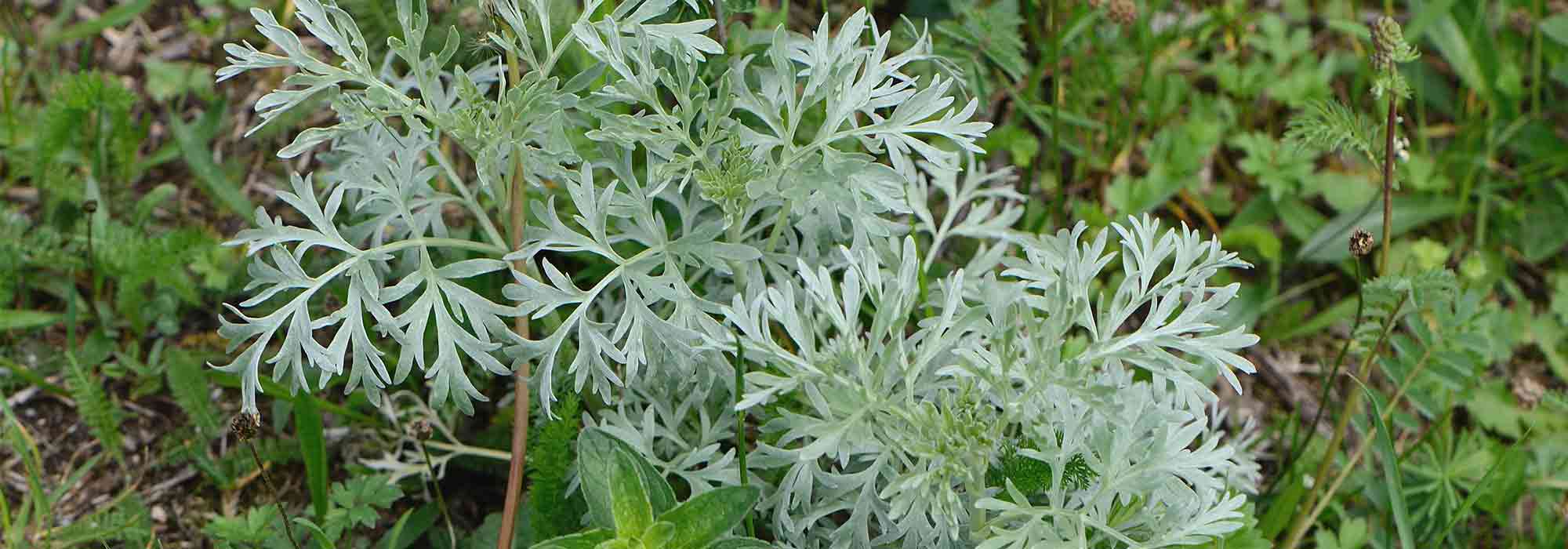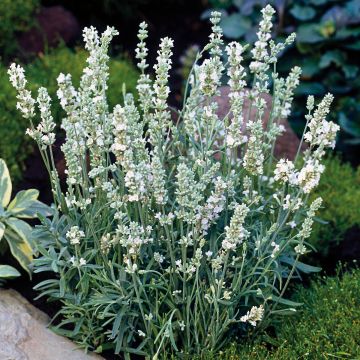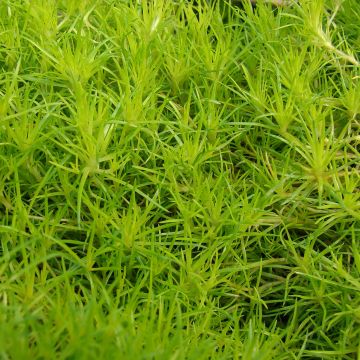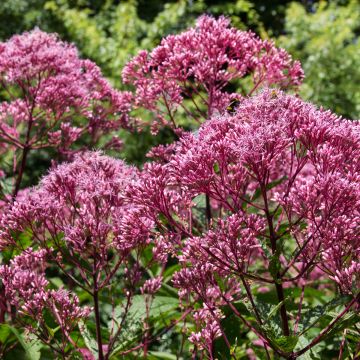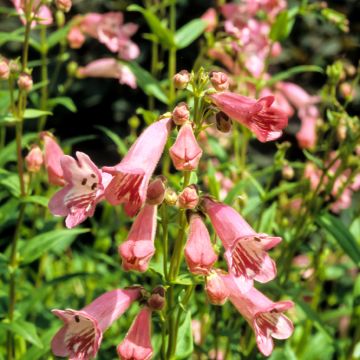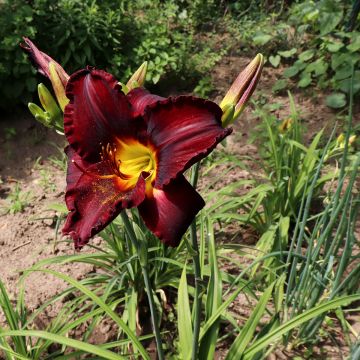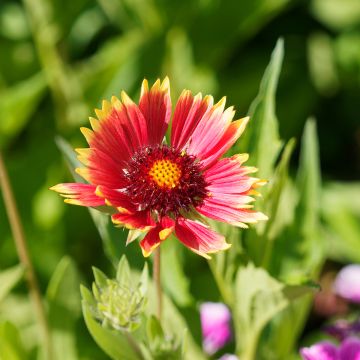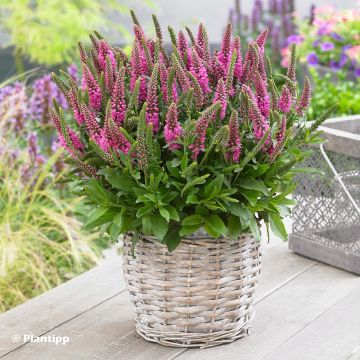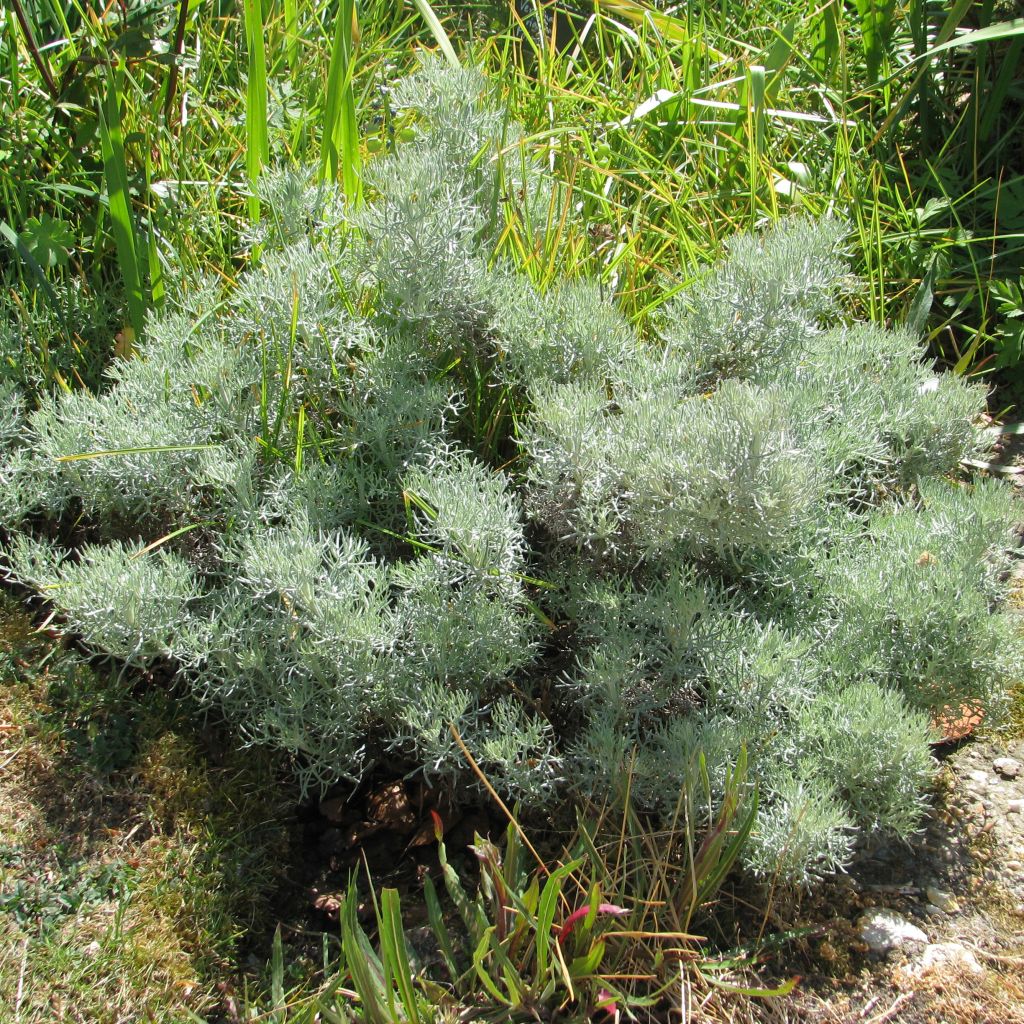

Artemisia alba Canescens
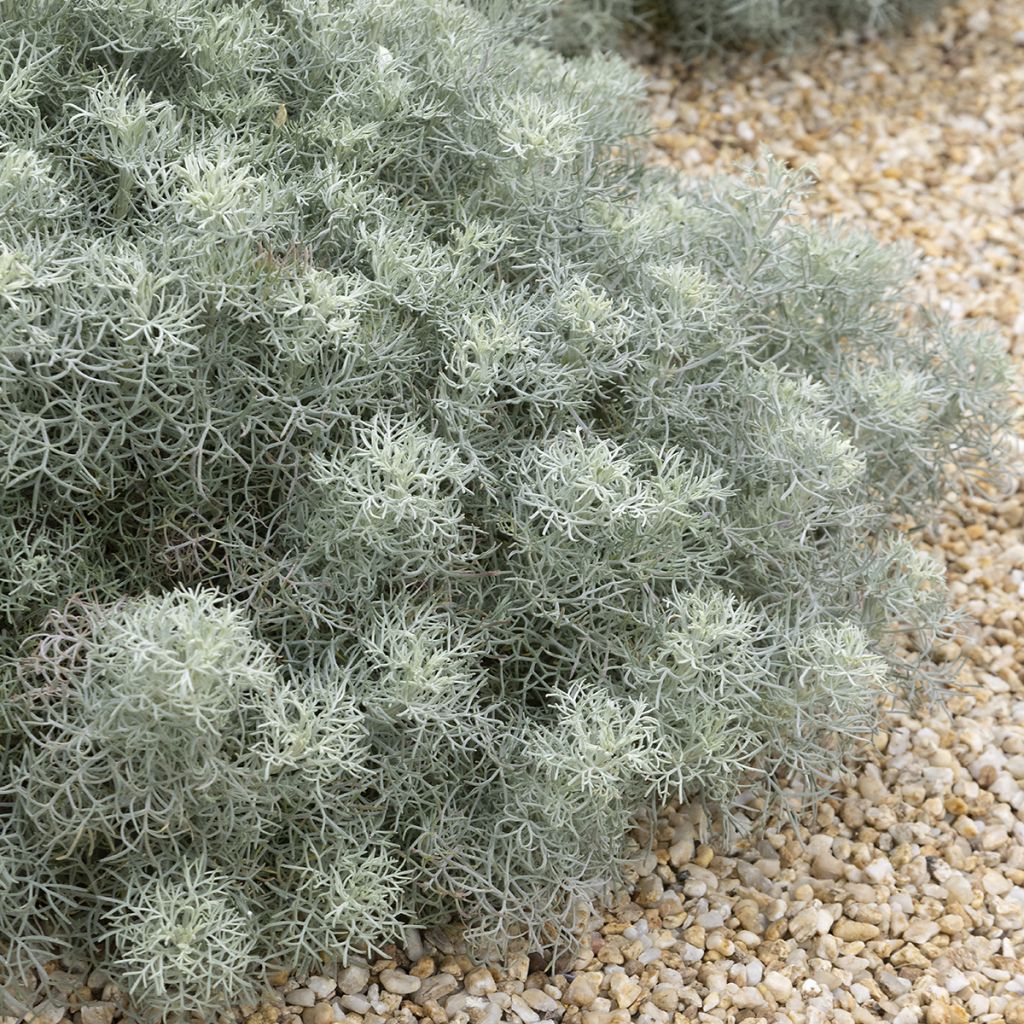

Artemisia alba Canescens
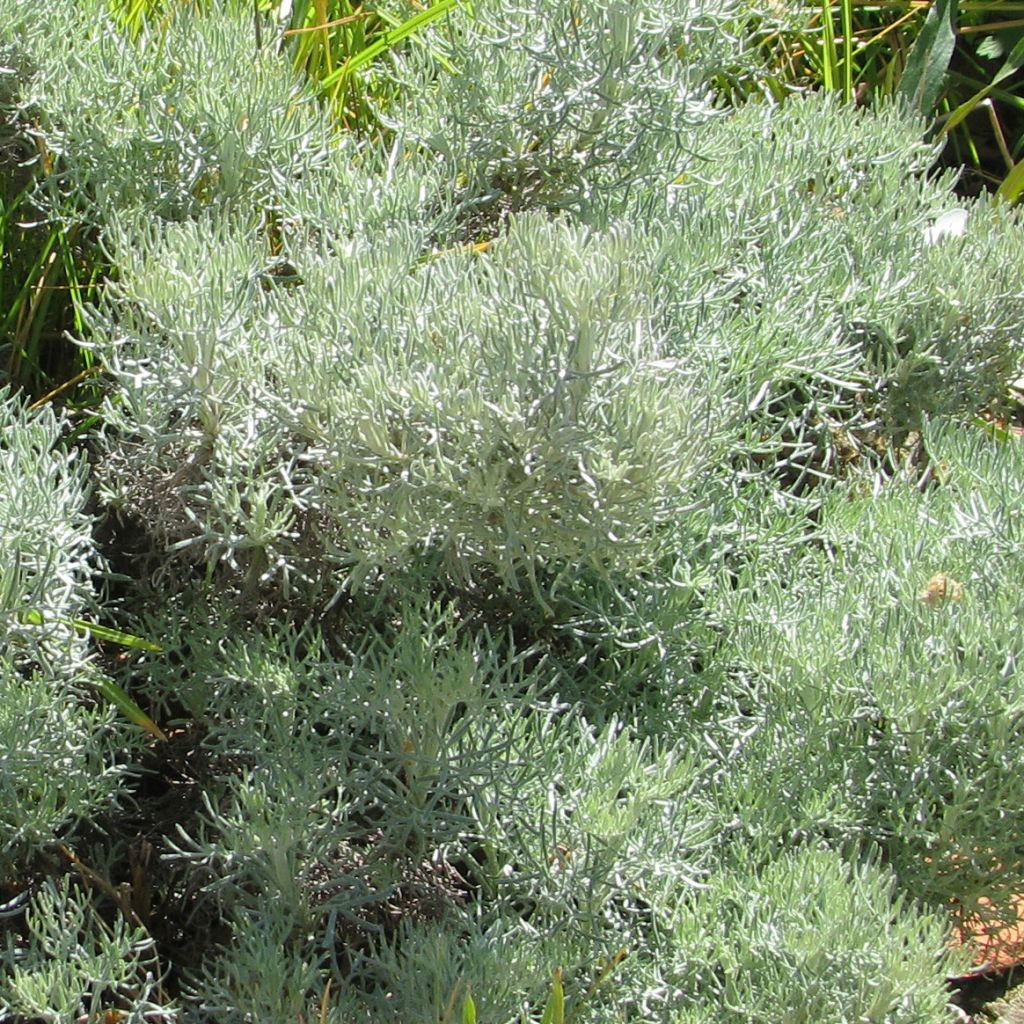

Artemisia alba Canescens
Artemisia alba Canescens
Artemisia alba Canescens
Mugwort
This is one of the very first plants I ordered on the website and planted in my garden 4 years ago. It took a bit of a hit like my helichrysum due to lack of watering, knowing that the artemisia needs even more water. It bloomed for the first time this year, perhaps because it was a bit more humid. It tends to go dormant in the middle of summer, at the hottest point, and loses its leaves, but regrows with the first drops in temperature and rain. Centre Var garden, clay-limestone soil.
StellaD, 24/10/2024
Special offer!
Receive a €20 voucher for any order over €90 (excluding delivery costs, credit notes, and plastic-free options)!
1- Add your favorite plants to your cart.
2- Once you have reached €90, confirm your order (you can even choose the delivery date!).
3- As soon as your order is shipped, you will receive an email containing your voucher code, valid for 3 months (90 days).
Your voucher is unique and can only be used once, for any order with a minimum value of €20, excluding delivery costs.
Can be combined with other current offers, non-divisible and non-refundable.
Home or relay delivery (depending on size and destination)
Schedule delivery date,
and select date in basket
This plant carries a 12 months recovery warranty
More information
We guarantee the quality of our plants for a full growing cycle, and will replace at our expense any plant that fails to recover under normal climatic and planting conditions.
Would this plant suit my garden?
Set up your Plantfit profile →
Description
Artemisia alba 'Canescens', also known as Artemisia splendens or Artemisia armeniaca, is a small-sized artemisia that forms a beautiful ground cover. Its silvery, aromatic foliage, with a curly appearance, is semi-evergreen and takes on a surprising purplish hue in winter when it is not too harsh. This little fluffy ball that bounces light is very soft to the touch. Its summer flowering is insignificant. This is a very hardy plant, resistant to drought, and excellent when combined in flower beds, where its design brings life to every garden.
Artemisia 'Canescens' is a type of plant that belongs to the Asteraceae family. It grows in dry to semi-arid temperate regions in the Northern Hemisphere and is known for its woody, low and bushy habit. The plant can reach up to 40 cm (16 in) in all directions and has silvery, highly dissected leaves that are shiny when the soil is dry. This characteristic is found in all "grey" plants that trap nighttime dew in the tiny hairs that cover the foliage. The leaves are aromatic when crushed, and the plant blooms yellow-brown flowers in late summer.
Artemisia alba 'Canescens' is a plant that can tolerate drought but not humidity, especially in winter. It is best planted in autumn to establish itself before winter. The plant prefers light, well-draining soil, rocky, clayey, heavy soil, and alkaline soils (pH>7.5). It requires full sun and a relatively open space to thrive. The plant should be lightly pruned in spring to stimulate growth and densify the bush. If you need to move the plant, it's best to do so in winter.
The Silver Artemisia is an evergreen plant that retains attractive foliage all year round. It can be mixed with flower beds of slightly wild perennials like lavender, rosemary, gauras, yarrows, officinal sage, and the Giant Sea Holly (Eryngium giganteum). When paired with purple foliage and old pink flowers like those of sedum 'Matrona' or 'Stewed Rhubarb Mountain,' the contrast is very pleasing. This plant is suitable for dry or weekend gardens that require minimal maintenance.
Artemisia is a genus of plants dedicated to Artemis, the Greek goddess of hunting, nature, and fertility. It's said that she used these plants, whose numerous medicinal properties are now recognised, to relieve the pain of childbirth.
Artemisia alba Canescens in pictures
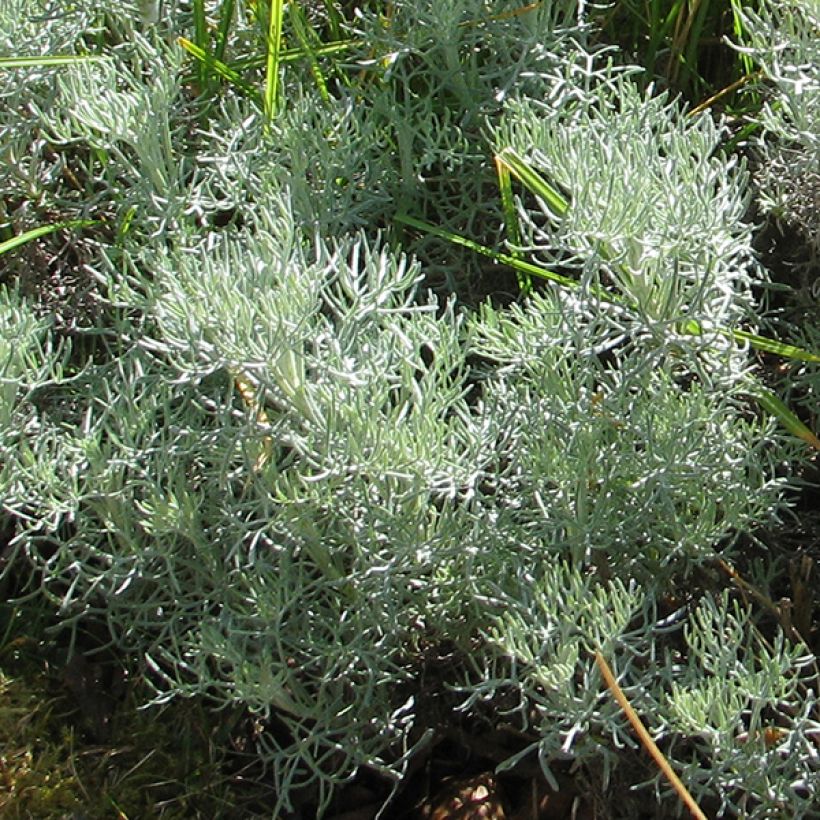

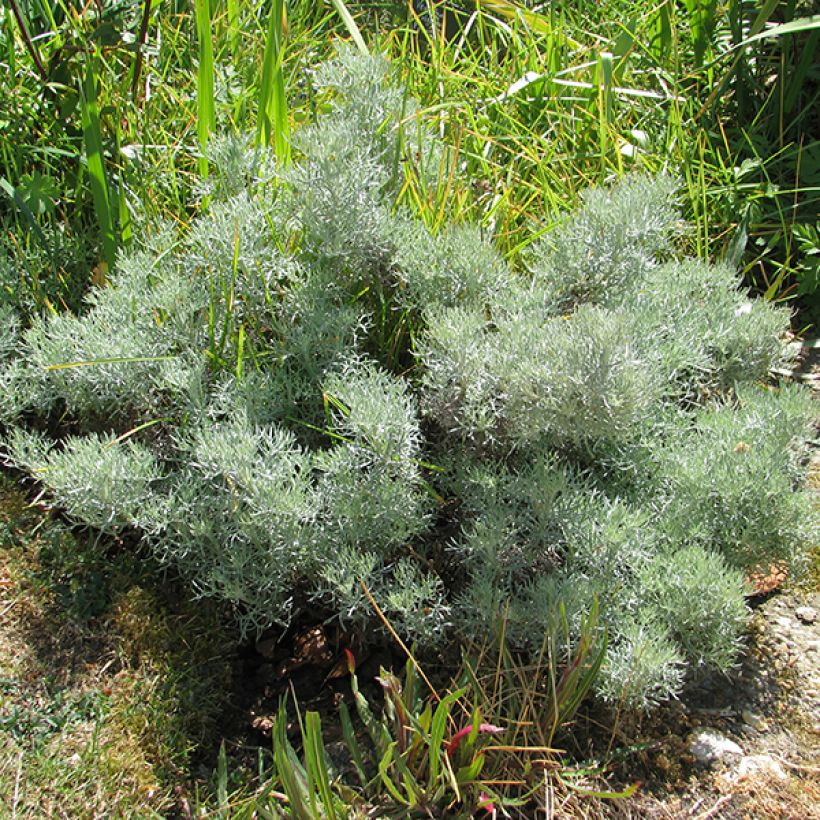

Flowering
Foliage
Plant habit
Botanical data
Artemisia
alba
Canescens
Asteraceae
Mugwort
Cultivar or hybrid
Other Artemisia
View all →Planting and care
Artemisia alba 'Canescens' is a plant that grows well in dry areas but doesn't like moisture, especially during winter. To ensure its survival, it's best to plant it in autumn, giving it enough time to establish itself before winter. The plant can adapt to different soil types, even if it's light, rocky, clayey, or heavy, as long as it's well-draining. Adding coarse sand, stones, or gravel can help with drainage. This plant prefers alkaline soil with a pH level greater than 7.5. It needs full sun and enough space to grow properly. Pruning in the spring, at the start of vegetation, encourages growth and a denser bush that ages better. If you need to move the plant, do it in winter.
Planting period
Intended location
Care
Planting & care advice
-
, onOrder confirmed
Reply from on Promesse de fleurs
Similar products
Haven't found what you were looking for?
Hardiness is the lowest winter temperature a plant can endure without suffering serious damage or even dying. However, hardiness is affected by location (a sheltered area, such as a patio), protection (winter cover) and soil type (hardiness is improved by well-drained soil).

Photo Sharing Terms & Conditions
In order to encourage gardeners to interact and share their experiences, Promesse de fleurs offers various media enabling content to be uploaded onto its Site - in particular via the ‘Photo sharing’ module.
The User agrees to refrain from:
- Posting any content that is illegal, prejudicial, insulting, racist, inciteful to hatred, revisionist, contrary to public decency, that infringes on privacy or on the privacy rights of third parties, in particular the publicity rights of persons and goods, intellectual property rights, or the right to privacy.
- Submitting content on behalf of a third party;
- Impersonate the identity of a third party and/or publish any personal information about a third party;
In general, the User undertakes to refrain from any unethical behaviour.
All Content (in particular text, comments, files, images, photos, videos, creative works, etc.), which may be subject to property or intellectual property rights, image or other private rights, shall remain the property of the User, subject to the limited rights granted by the terms of the licence granted by Promesse de fleurs as stated below. Users are at liberty to publish or not to publish such Content on the Site, notably via the ‘Photo Sharing’ facility, and accept that this Content shall be made public and freely accessible, notably on the Internet.
Users further acknowledge, undertake to have ,and guarantee that they hold all necessary rights and permissions to publish such material on the Site, in particular with regard to the legislation in force pertaining to any privacy, property, intellectual property, image, or contractual rights, or rights of any other nature. By publishing such Content on the Site, Users acknowledge accepting full liability as publishers of the Content within the meaning of the law, and grant Promesse de fleurs, free of charge, an inclusive, worldwide licence for the said Content for the entire duration of its publication, including all reproduction, representation, up/downloading, displaying, performing, transmission, and storage rights.
Users also grant permission for their name to be linked to the Content and accept that this link may not always be made available.
By engaging in posting material, Users consent to their Content becoming automatically accessible on the Internet, in particular on other sites and/or blogs and/or web pages of the Promesse de fleurs site, including in particular social pages and the Promesse de fleurs catalogue.
Users may secure the removal of entrusted content free of charge by issuing a simple request via our contact form.
The flowering period indicated on our website applies to countries and regions located in USDA zone 8 (France, the United Kingdom, Ireland, the Netherlands, etc.)
It will vary according to where you live:
- In zones 9 to 10 (Italy, Spain, Greece, etc.), flowering will occur about 2 to 4 weeks earlier.
- In zones 6 to 7 (Germany, Poland, Slovenia, and lower mountainous regions), flowering will be delayed by 2 to 3 weeks.
- In zone 5 (Central Europe, Scandinavia), blooming will be delayed by 3 to 5 weeks.
In temperate climates, pruning of spring-flowering shrubs (forsythia, spireas, etc.) should be done just after flowering.
Pruning of summer-flowering shrubs (Indian Lilac, Perovskia, etc.) can be done in winter or spring.
In cold regions as well as with frost-sensitive plants, avoid pruning too early when severe frosts may still occur.
The planting period indicated on our website applies to countries and regions located in USDA zone 8 (France, United Kingdom, Ireland, Netherlands).
It will vary according to where you live:
- In Mediterranean zones (Marseille, Madrid, Milan, etc.), autumn and winter are the best planting periods.
- In continental zones (Strasbourg, Munich, Vienna, etc.), delay planting by 2 to 3 weeks in spring and bring it forward by 2 to 4 weeks in autumn.
- In mountainous regions (the Alps, Pyrenees, Carpathians, etc.), it is best to plant in late spring (May-June) or late summer (August-September).
The harvesting period indicated on our website applies to countries and regions in USDA zone 8 (France, England, Ireland, the Netherlands).
In colder areas (Scandinavia, Poland, Austria...) fruit and vegetable harvests are likely to be delayed by 3-4 weeks.
In warmer areas (Italy, Spain, Greece, etc.), harvesting will probably take place earlier, depending on weather conditions.
The sowing periods indicated on our website apply to countries and regions within USDA Zone 8 (France, UK, Ireland, Netherlands).
In colder areas (Scandinavia, Poland, Austria...), delay any outdoor sowing by 3-4 weeks, or sow under glass.
In warmer climes (Italy, Spain, Greece, etc.), bring outdoor sowing forward by a few weeks.






























